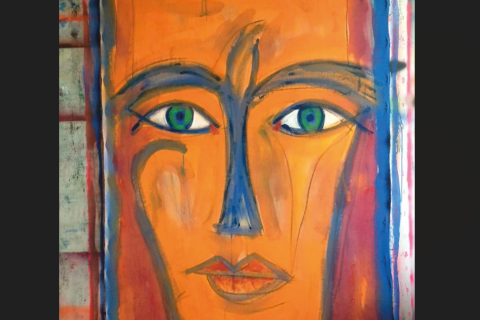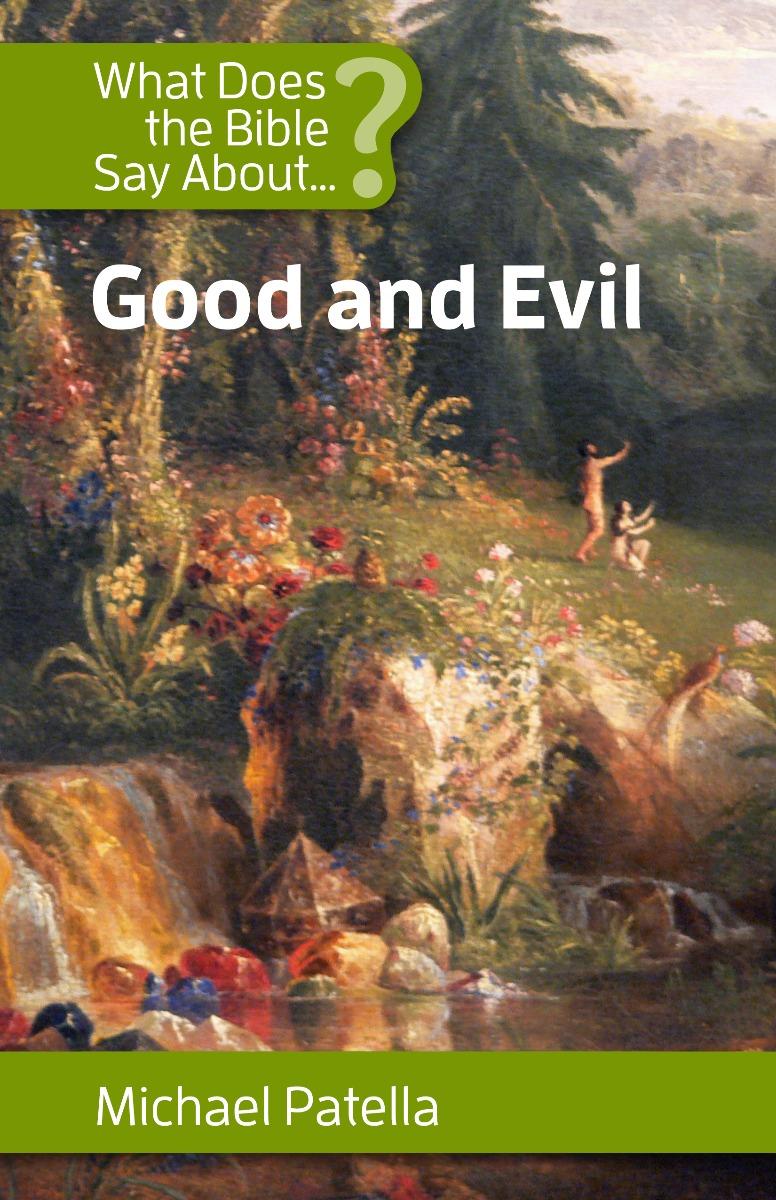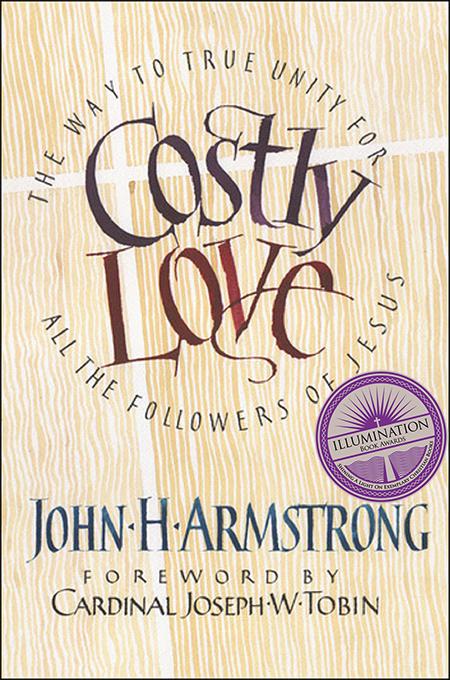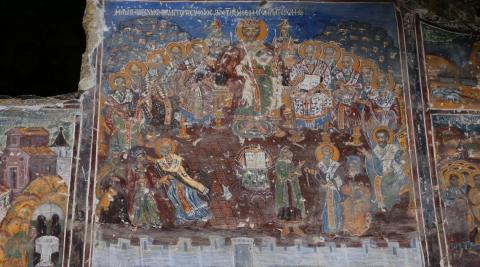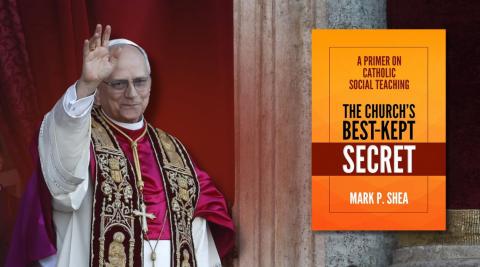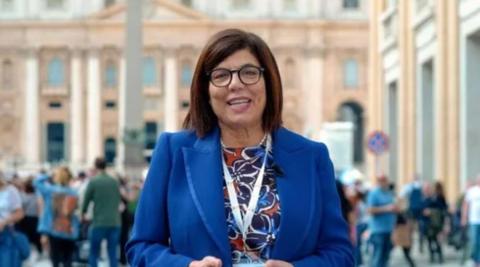
Photo by Marco Iacobucci | Dreamstime.com
Pope Leo XIV is only a few months into his papacy and already I feel like he’s an old friend. We both grew up Catholic in the 1950s and ‘60s, and he could have been the boy next door.
His childhood stories are so relatable. We also turned our mother’s ironing board into a makeshift altar; Necco Wafers candies were communion hosts; and empty cardboard boxes became backyard confessionals. However, “playing church” back then wasn’t as much a game of child’s play as it was an expression of something very familiar, intimate even. It was a homegrown Catholic faith deeply rooted in our families, our parishes, our hearts, and in our imaginations. We didn’t know it back then, but it would become the foundation on which our lives and our faith would rest. We also didn’t know back then that the boy next door could one day be the first American-born pope.
Robert Frances Prevost was the youngest of three sons born to Louise Prevost and Mildred Martinez Prevost in Chicago in 1955. He would become the future Pope Leo, and if you follow the sacred traces of his everyday life, Pope Leo’s rise to the papacy all makes sense.
His life appears to be divinely plotted. He was raised in a devoutly Catholic family where faith, family, and education were sacred encounters. Pope Leo’s mother earned a master’s degree before she married, which was usual for the times, and became a librarian. His father was a school superintendent. Their home away from home was their parish, St. Mary of the Assumption Church, on the South Side of Chicago, where it is said that the Prevost family was involved in everything. From attending daily mass and praying the rosary, to being altar servers, singing in the choir, and even cleaning the sacristy and pews. Their faith was a family affair, grounded in love, and shared with their parish community and eventually shared with and for the world.
We’ve heard from family members that the pope’s calling to the priesthood began early in his childhood. His older brother said that something about him was special, holy. It is said that his mother understood and encouraged his vocation as she was very familiar with religious life, having five sisters, two of whom were nuns.
His experiences in Peru also showed that he’s not afraid of the everyday challenges and was always looking for cost-effective, hands-on solutions, which is great news for the Church.
Robert Prevost was drawn to the Augustinian Order when he was a teenager, attending St. Augustine Seminary High School and then going on to enroll at an Augustinian college, Villanova University, before entering the Augustinian novitiate in 1977.
The Augustinian charism shares the importance of love of God in community and unity with others. Fr. Prevost would live that charism, spending three decades of his priesthood as a missionary with the people of Peru.
Ministering to the poor and rural parishes was a vocation of the heart and was accompaniment at its core. My hunch is that this humble shepherd felt that he wasn’t serving the Peruvian people as much as they were serving him.
Stories are emerging from his time in Peru, where he witnessed so much violence and poverty that it would mark the early messages of his pontificate, condemning war, seeking peace and unity, and modeling a Jesus-like compassion for the poor.
His experiences in Peru also showed that he’s not afraid of the everyday challenges and was always looking for cost-effective, hands-on solutions, which is great news for the Church.
For example, he knew that transportation was a challenge for the parishes in his diocese, so he purchased broken-down cars to fix and offered them to parishes. If he didn’t know how to fix a car, he would watch YouTube videos. Whatever it took to bring God and vehicles to the margins.
His mother was so committed to his ministry and the people of Peru that, in her 1990 obituary, she requested that contributions be made to the Augustinian Mission in Peru in lieu of flowers.
Years later, in 2001, Fr. Prevost was elected Prior General of the Order of St. Augustine, and in 2015, he was appointed Bishop of Chiclayo in Peru. He eventually left Peru when he was called by Pope Francis to serve as the prefect of the Dicastery for Bishops, a powerful Vatican office charged with recommending new bishop appointments. Soon after, he was elevated to the rank of cardinal.
Pope Francis seemed to see something in the future Pope Leo. Maybe he saw his younger self. Maybe he saw his care for all of God’s creation and the promise of hope for the future Church.
Whatever he saw, it was worth spending hours every Saturday morning at Casa La Marta to talk with him about the Church today and for tomorrow.
Most recently, he spoke at the Jubilee of Bishops, where he said, “Hope does not disappoint” (Romans 5:5) even in situations that might appear hopeless.
The more we get to know Pope Leo, it seems he has never strayed from who he was and who he was becoming. Not only is his prayerful devotion to God something to behold, but it’s also how he lives his faith through his gifts, friendships, and intellectual and athletic curiosity.
Who would have thought that his love of math, languages, tennis, Chicago White Sox baseball, cars, singing, games, and movies would eventually influence our world and help us see the extraordinary in the ordinary? But it already has.
From his early moments as the Catholic Church’s new pontiff, Pope Leo led with intention and conviction. He took the name Leo in a nod to former Pope Leo XIII, who served from 1878 to 1903, and was known for his commitment to workers’ rights during the Industrial Revolution.
Thinking ahead with the next generation at heart, Pope Leo XIV realized he could offer his papacy to share an “ethical criterion” on the challenges and possibilities for today’s digital revolution Artificial Intelligence (AI), and try to uphold human dignity, justice, and labor.
Speaking from the balcony of St. Peter’s Basilica in his inaugural papal address, Pope Leo quoted Augustine:
“For you, I am a bishop, with you, after all, I am a Christian.”
And a humble Christian he is. He was saying that with us, he is one of us, and together we are one.
That was evident when his first guest to the Vatican was not a world leader but the world’s top-ranked tennis player, Jannik Sinner, from Italy. Pope Leo was reminding us that faith is fun, that God can be found in everyday experiences, even on a tennis court.
Pope Leo shared his love for his mother and his devotion to the Mother Mary on his first trip outside the Vatican to the Shrine of Our Lady of Good Counsel. The images of him praying at the altar before the Marian image coupled with his words,
“As the mother never abandons her children, you must also be faithful to the Mother,”
were moving to me, to say the least.
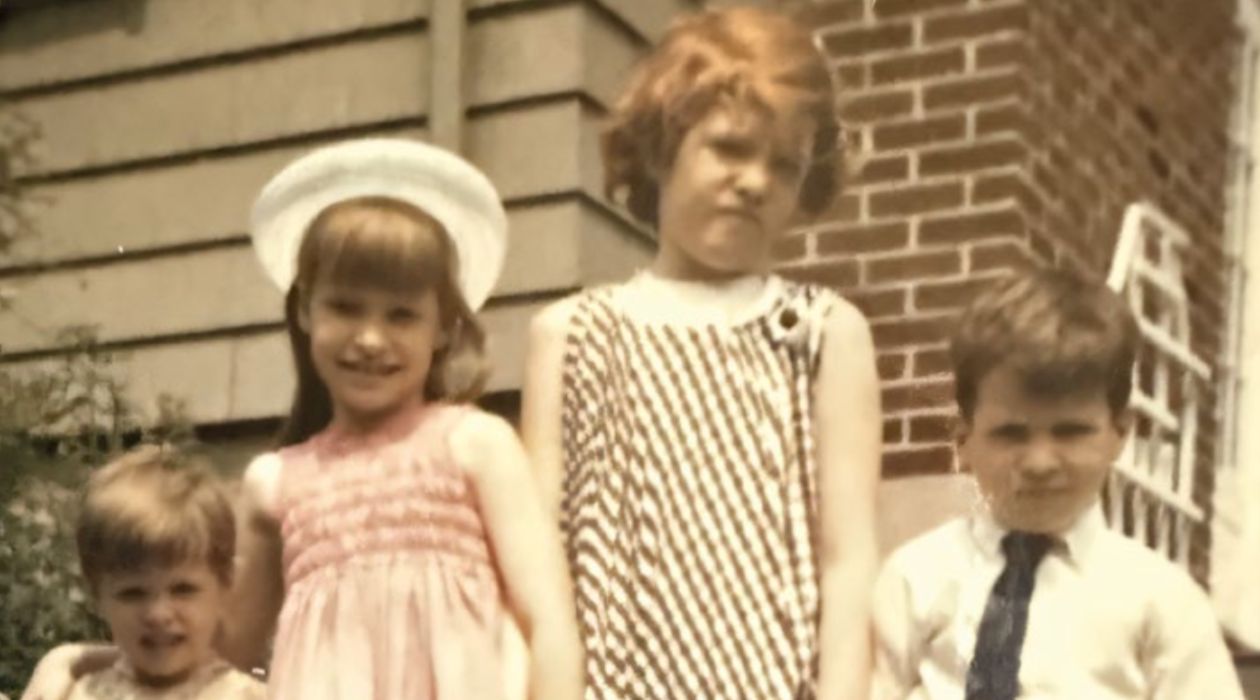
Karen Kiefer, in the Easter bonnet, with her siblings.
His first message to an American audience was during a mass at a Chicago baseball stadium, where he focused his attention on young adults and their hope to share. He invited them to look into their hearts to see that God is with them and God is inviting them into a closer relationship. He talked about the importance of friendship and community, and that the Church and the world look to them to promote peace and unity. “I’d like to say that you are the promise of hope for so many of us,” he said.
Yes, hope calls Pope Leo. Most recently, he spoke at the Jubilee of Bishops, where he said, “Hope does not disappoint” (Romans 5:5) even in situations that might appear hopeless. He also reminds us that “our faith and hope do not come from ourselves, but from God.”
It seems that God planned to share how Pope Leo has lived his life so far, so that others might learn how to live more fully in the love of Christ every day. In the months and years ahead, we will be watching to see where he leads the Catholic Church, but right now, he has given us a great gift, and that’s to reflect and recognize what everyday holiness looks like. It looks a lot like you and me.






